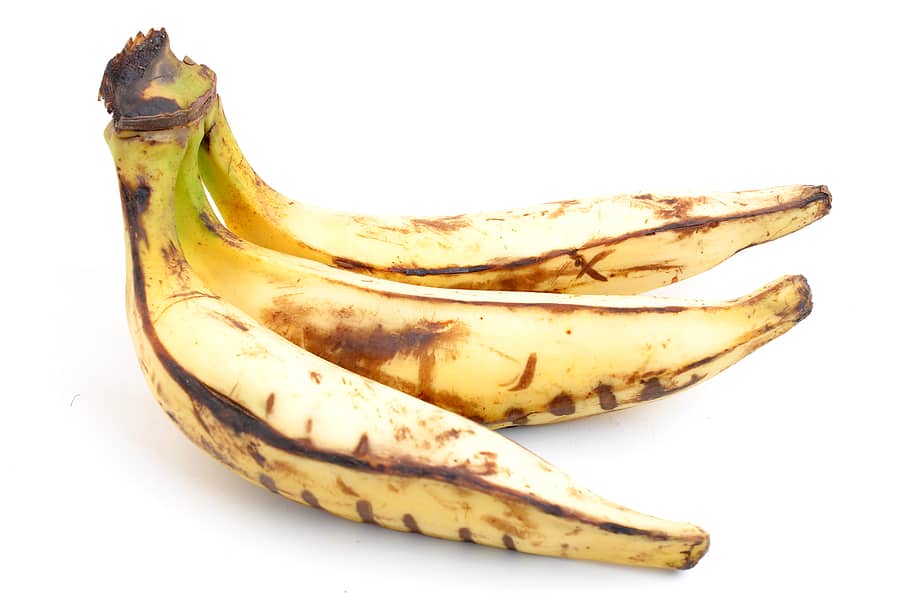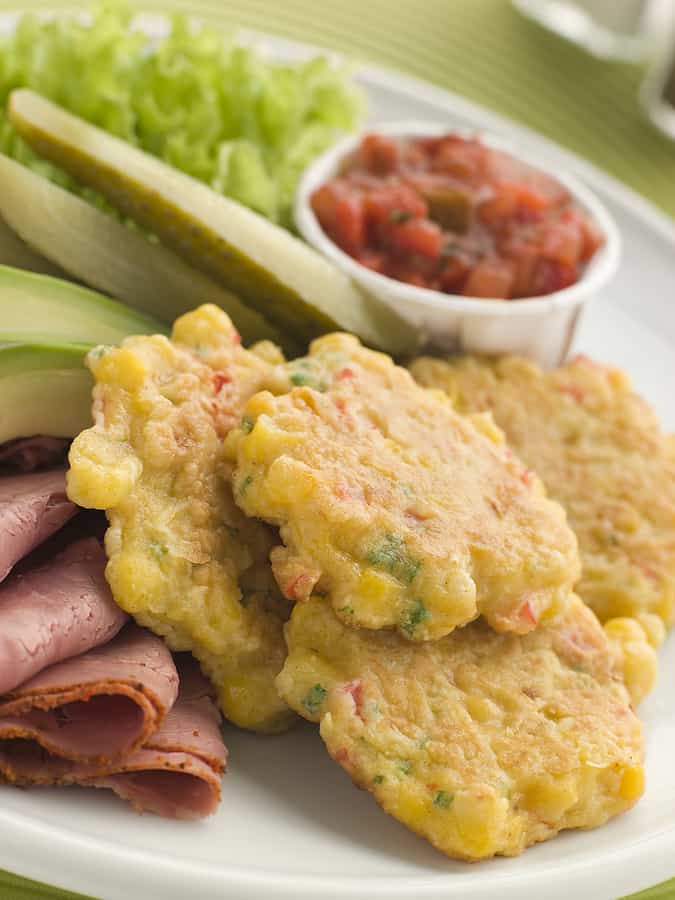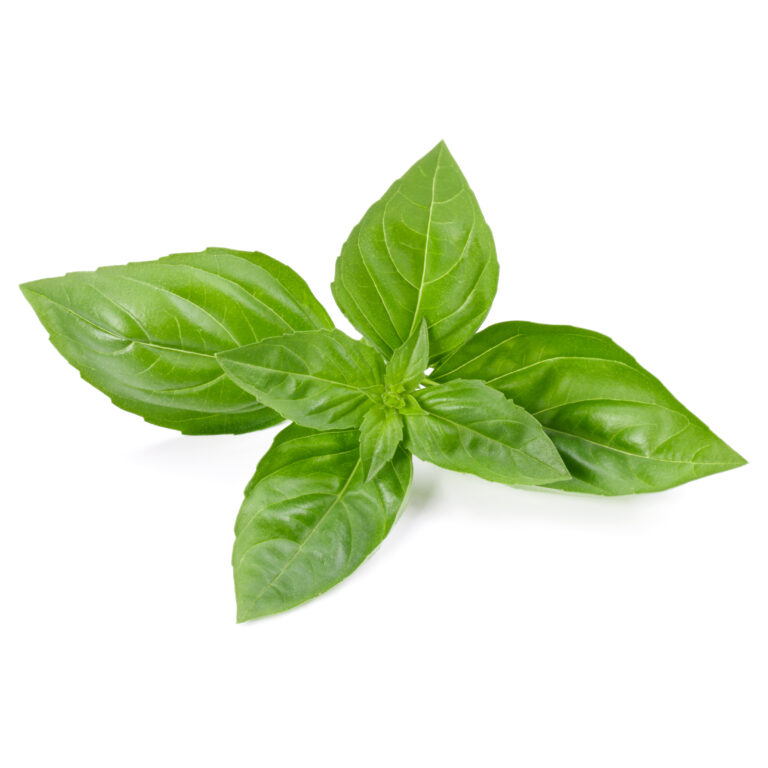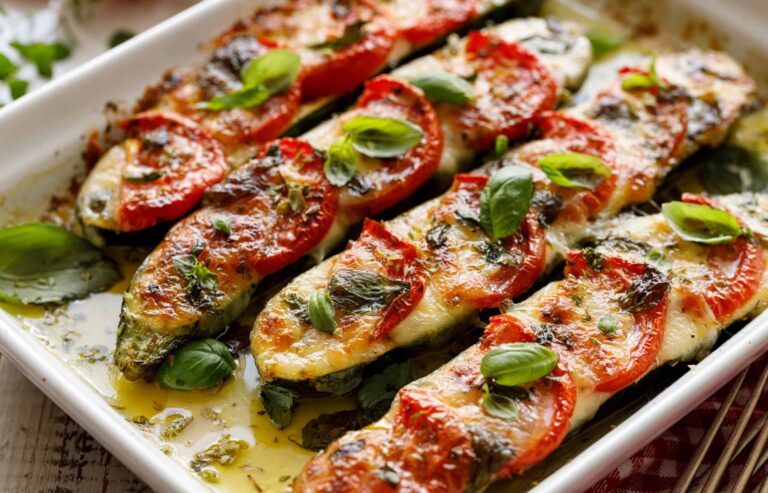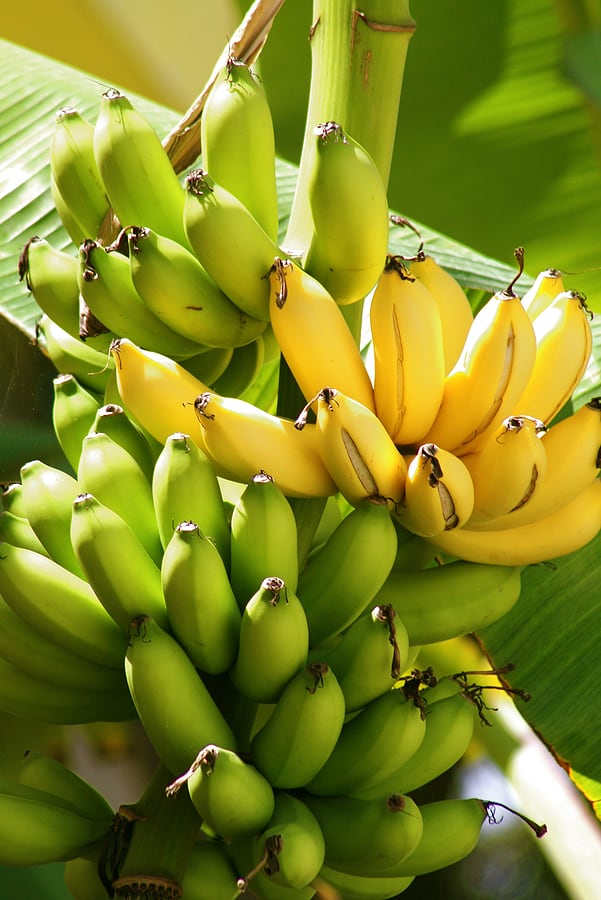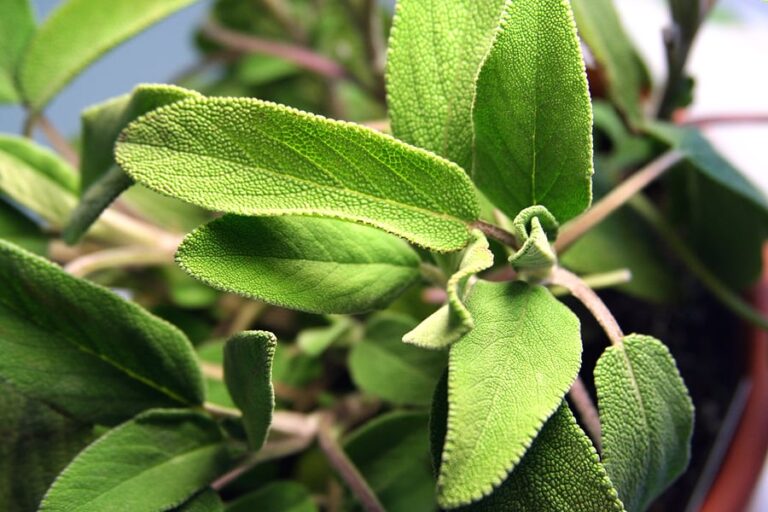Ways to Cook and Serve Plantains
Plantains have a mild squash-like or potato-like or sweet potato-like flavor with a faint sweetness reminiscent of a banana. Well, you’ll have to taste the plantain to decide.
Exactly what flavor you ascribe to the plantain will, no doubt, have something to do with how it’s been prepared. The plantain is a fruit–a very close cousin of the banana–that is eaten as a vegetable, except when it’s served as a dessert.
About plantains
The plantain is a tropical fruit and a mainstay of tropical and subtropical cuisines. Plantains are commonly eaten in Latin America and the Caribbean. They are also featured in the cookery of Malaysia, West Africa, the Pacific Islands, and India. Plantains look like bananas except that they are longer and thicker. A plantain is ripe when its skin is still green. The flesh of the plantain is firmer and starchier than a banana. The only time an uncooked plantain approaches the sweetness of a banana is when its skin has turned black, still, the taste of a raw plantain will probably be unpleasant.
Plantains are 10 to 15 inches long and have three or four well-defined sides. The ends of the plantain are clearly tapered, unlike the banana. The thick, tough green peel turns black as it ripens. In Latin America, green plantains are known as plátanos, partially ripe green and spotted brown plantains are called pintos (painted), and fully ripe black plantains are known as maduros (mature).Maduros is also the name given to fully ripe plantains that have been fried once and served.
Plantains do not grow on trees. The plantain is a leafy herbaceous perennial plant that grows from a fleshy underground root known as a rhizome. The plant can grow to 20 feet tall. The plantain, like the banana, is native to Southeast Asia and has been in cultivation for several thousand years.
The word plantain comes from the Latin plantago and planta which means the sole of the foot, the shape of the plant’s leaves.
The botanical name for plantains and cooking bananas is Musa paraisiaca.
Plantain harvest season
Plantains come to harvest throughout the year in tropical regions. The fruit is ready for harvest 13 to 15 months after the plant blooms.
How to choose plantains
Select plantains that are firm with peels that are free of tears or breaks. A fully ripe plantain will have almost completely black skin and be soft to the touch. Use ripe plantains for dishes in which they are mashed or quickly cooked. Choose firm, yellow-green-skinned plantains for sautéing, deep-frying, or stewing. A black spotted plantain is semi-ripe.
Amount. One pound of plantains will yield 1 cup of mashed or 1½ cups of sliced fruit.
How to store plantains
Ripe plantains can be kept at room temperature for several days uncovered and out of direct sun. Turn them daily. Plantains can be ripened at room temperature. Plantains will keep in the refrigerator for up to 1 week. Plantains will not continue to ripen once refrigerated.
Freeze plantains for 2 to 3 weeks wrapping them tightly in plastic wrap.
How to prepare plantains
To peel a plantain cut off the top and bottom then cut it in half crosswise or make a lengthwise cut through the skin down to the flesh on either side of each half and peel back the skin.
Cooking plantains
Plantains cook like vegetables retaining their shape and consistency because they are low in sugar and rich in starch. For cooking, choose plantains that are green or yellow with some black spots. Plantains are usually prepared like potatoes: peeled, cut up, boiled or added to stews, steamed and mashed with butter or olive oil, or sliced and fried or deep fried.
Plantains can be chunked and cooked in soups or stews. They can be sliced and fried or mashed like a potato. They can be boiled or sautéed and served as a side dish, and they can be baked in their skins and served as a dessert. The message is clear: the plantain is versatile and can land on either the sweet or savory side of the table.
Steam or boil
Most plantains are prepared like potatoes: peeled cut up and boiled or added to stews, steamed and mashed with butter or olive oil, or sliced and fried or deep fried. That is the reason plantains are sometimes called “potatoes of the tropics” or “cooking bananas.” Cooked plantains are deliciously blended with apples, sweet potatoes, and squash. Boiled they have a soft spongy texture.
Baking
Place plantain unpeeled on a baking sheet and bake in a 400ºF oven until tender when pierced (about 1 hour). Pull back the peel and season to taste with butter, salt, and pepper, and eat from the skin.
Grilling
Place the plantain 4 inches above the heat for about 45 minutes.
Tostones
Tostones are a favorite plantain dish among Latin Americans. The plantains are peeled and cut crosswise about ¾ inch thick, fried in oil until they are lightly cooked, then cooled, smashed flat, and then cooked again in hot oil until they are golden brown and crisp.
Picadillo
Picadillo is a plantain-inspired casserole made with layers of boiled, mashed plantains mixed with eggs, flour, butter, milk, and ground cloves that alternate with layers of ground beef fried with tomatoes, onions, and raisins. The alternating layers are topped with cheese and baked to a golden brown.
How to serve plantains
Plantains are most often served cooked.
- Use in soups, stews, and sauces.
- Serve with apples, sweet potatoes, and squash.
- Bake or fry to serve alongside meats or poultry.
- Deep-fry then mash and serve with roasted meats.
- Thin slice and fry to eat as a snack like potato chips.
Plantain flavor partners
Ripe plantains have a flavor affinity for allspice, butter, cinnamon, cloves, coconut, ice cream, rum, and sugar. Starchy unripe plantains have a flavor affinity for bacon, chile peppers, cilantro, cumin, curry, garlic, lime, pork cracklings, salsa, and sour orange.
Plantain nutrition
Plantains are a good source of potassium and phosphorus. A 3-ounce portion of cooked plantain contains about 120 calories.
Related articles:
Planning the Home Fruit Garden
Garden Planning Books at Amazon:
- Vegetable Garden Almanac & Planner
- Kitchen Garden Grower’s Guide Vegetable Encyclopedia
- Vegetable Garden Grower’s Guide
- Tomato Grower’s Answer Book
More kitchen tips:
Bring your harvest to the table. Kitchen prep tips and easy recipes for the vegetables you grow. Click below for vegetable prep and recipes you can use now.
- Almonds
- Apples
- Apricot
- Aprium
- Artichoke
- Arugula
- Asparagus
- Avocado
- Bamboo Shoots
- Banana
- Basil
- Beans, Dried
- Beans. Long
- Beans, Shell
- Beans, Snap
- Beets
- Bitter Melon
- Blackberry
- Bok Choy
- Broccoli
- Broccoli Raab
- Brussels Sprouts
- Cabbage
- Cardoon
- Carrots
- Cauliflower
- Celeriac
- Celery
- Chard
- Chayote Squash
- Cherimoya
- Cherries
- Chestnut
- Chickpea
- Chinese Cabbage
- Chives
- Cilantro
- Citron
- Clementine
- Collards
- Coriander
- Corn, Sweet
- Corn, Baby
- Corn Salad, Mache
- Cranberry
- Cress
- Cucumber
- Daikon
- Dandelion
- Dill
- Eggplant
- Endive, Belgian
- Endive and Escarole
- Fava Beans
- Fig
- Florence Fennel
- Garlic
- Ginger
- Grapefruit
- Grapes
- Guava
- Horseradish
- Jerusalem Artichoke
- Jicama
- Jujube
- Kale
- Kiwifruit
- Kohlrabi
- Kumquat
- Leeks
- Lemongrass
- Lemons
- Lettuce
- Lime
- Mache (Corn Salad)
- Mandarin Orange
- Mango
- Maple Syrup
- Marjoram
- Melons
- Michihili
- Mint
- Mizuna
- Mushrooms
- Mushrooms, Cremini
- Mustard Greens
- Napa Cabbage
- Nectarine
- Okra
- Olives
- Olive oil
- Onions
- Oranges
- Oregano
- Parsley
- Parsley Root
- Parsnips
- Passion Fruit
- Pawpaw
- Peaches
- Pears
- Peas, Garden Snap
- Peas, Snow
- Pei Tsai
- Peppers, Chili
- Peppers, Sweet
- Persimmon
- Pineapple
- Pineapple Guava
- Plantain
- Plums
- Pluots
- Pomegranate
- Potatoes
- Prickly Pear
- Pumpkin
- Quince
- Radicchio
- Radishes
- Raspberries
- Rosemary
- Rhubarb
- Rutabaga
- Sage
- Salsify
- Sauerkraut
- Savory
- Shallots
- Sorrel
- Spinach
- Squash, Summer
- Squash, Winter
- Strawberries
- Sunchokes
- Sunflower
- Sweet Potato
- Swiss Chard
- Tangerine
- Taro
- Tarragon
- Thyme
- Tomatillo
- Tomato
- Turnip
- Turnip Greens
- Yams

